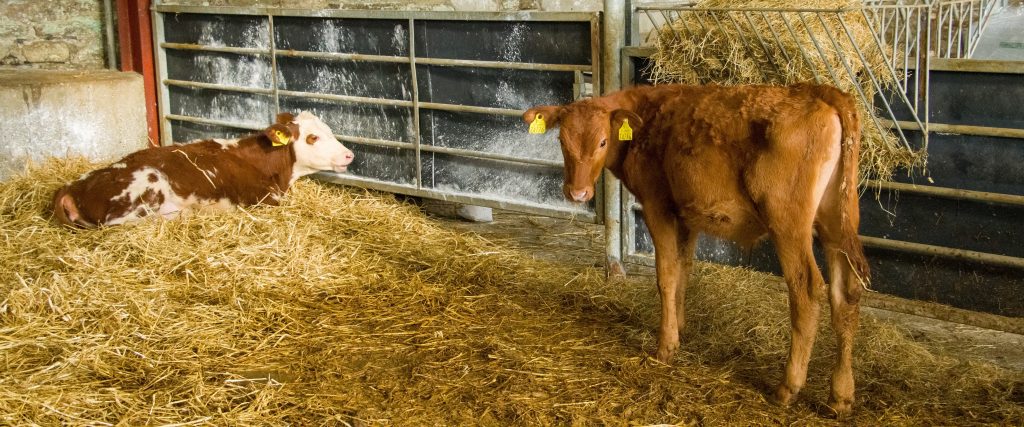
On today’s Cow-Calf Corner is Dr. Rosslyn Biggs, DVM, OSU State Extension Beef Cattle Veterinarian talking about biosecurity measures.
Biosecurity is a commonly used term in animal health circles. Simply stated biosecurity measures are those practices taken to prevent the introduction of disease into an animal population and spread of disease within an existing group. Biosecurity focuses on both infectious and non-infectious concerns. Many farms and ranches may have incorporated biosecurity practices for decades, but not necessarily considered those practices under the umbrella of biosecurity. The foundation of good biosecurity is good animal husbandry.
Cattle producers, veterinarians, and animal health officials have long known the benefits of good biosecurity practices in relationship to overall health for individual animals as well as state and national herds. Food safety, profitability, marketability, business continuity, and consumer demands are all reasons to consider developing or reevaluating a herd’s biosecurity plan. Additionally, biosecurity is important for animal welfare, environmental stewardship, and judicious use of pharmaceuticals.
Cattle producers, veterinarian, and animal health officials have long utilized biosecurity plans in national efforts to eradicated diseases such as brucellosis and tuberculosis. Biosecurity plans can apply to national plans to prevent foreign animal and emerging diseases just as they apply to an operation with forty cows or even a youth show project. However, biosecurity plans are not one size-fits-all.
Three key principles are found in every biosecurity plan: 1. the identification of a biosecurity manager, 2. a written operation-specific plan, and 3. the establishment of a line of separation. These three principles provide the foundation of a customized plan for a specific operation.
For many operations, biosecurity efforts are usual everyday practices that just simply need to be put down on paper and reevaluated as necessary. It may be helpful to have a veterinarian or another individual familiar with biosecurity take a fresh look at the plan annually. OSU’s Beef Cattle Manual, the Beef Quality Assurance program, and Secure Beef Supply offer great reference material for those writing plans, as well recommendations for reevaluating a plan’s effectiveness.


















